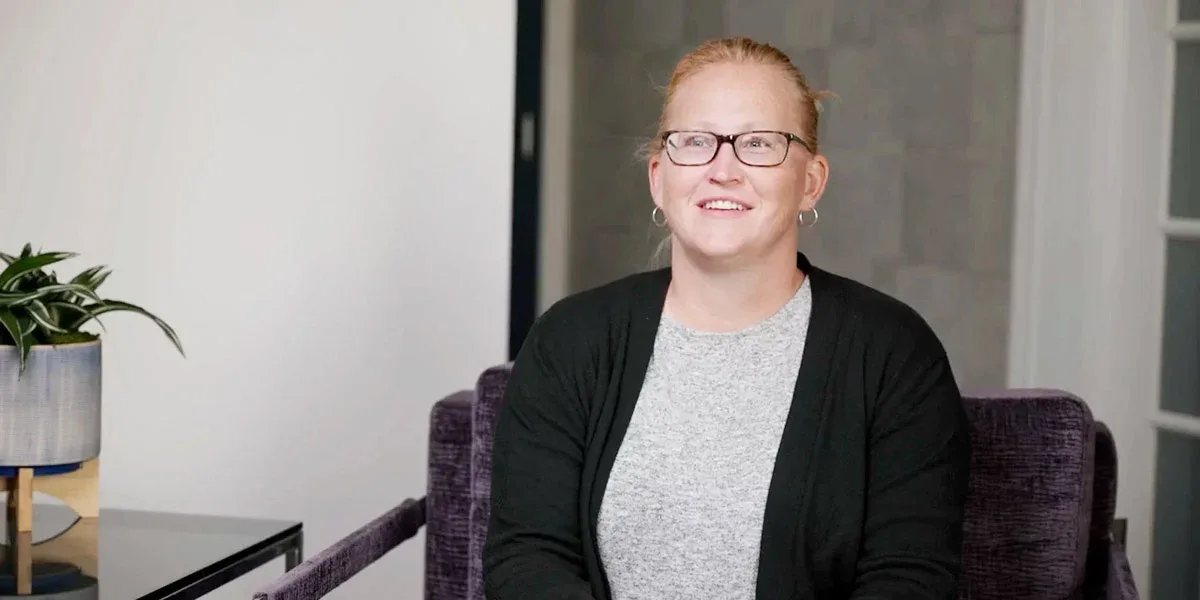Implementing CORTEX, now known as Dragonfly, during the throes of COVID may sound like a perfect storm – changing from a criteria-based technology platform to a completely different way of performing utilization review, during a time when hospital staff was reeling from pivots with an unprecedented pandemic, no less.
But for Hillcrest HealthCare System’s Director of Case Management April Miller, she says Xsolis’ AI-driven platform provided swift and game-changing relief for her overwhelmed staff.
Near-immediate benefits in two key areas made her utilization review team’s lives easier and their jobs more enjoyable – while ultimately being able to provide relief to the organization’s bottom line.
(1) More time for patient care
Healthcare is unique in that it takes a highly skilled workforce and often requires them to perform massive amounts of administrative work, rather than allowing them to apply their clinical expertise to patients or the most-revenue sensitive cases that require heightened focus.
During COVID, as patients were coming in sicker, Xsolis’ proprietary Care Level Score™ (CLS™) immediately served as a guiding force to help April’s staff better manage their time.
“Once they saw the impact from a user standpoint of being able to filter down to, ‘I’ve got five reviews today,’ instead of looking at 35 patients to figure out which ones needed reviews, giving them that time back in their day made a huge difference,” April said.
They no longer had to perform duplicative administrative work to “search, find, copy, paste” from their EMR to review and defend every single case and status decision in criteria-based platforms.
This enabled April’s staff to focus more on discharge planning and other activities which correlate more directly with actual patient care, she says, which meant happier, more fulfilled staff and better, more focused patient care.
(2) Defensible data ‘in your face’ to improve throughput and internal communication, while decreasing length of stay
Prior to implementing Xsolis, April’s staff experienced challenges with throughput – that is, the movement of patients from one location to another in healthcare.
It’s little wonder that it became even more important to quickly and accurately assess how sick patients were when they came in during COVID.
April says Xsolis’ green light, yellow light, red light indicators quickly indicated, “Ok, this patient really is ready to get discharged,” and her staff immediately had the data needed to back up their decisions as they communicated with the physician.
Whereas physicians may have doubted the accuracy of the Care Level Score initially – “I don’t want a software program to tell me how to do my job” – they were able to validate its accuracy with internal audits, and the trust factor followed. And that trust grew as benefits were felt across both utilization review nurse reviewers and physician teams.
A common pain point felt across the industry, length of stay has increased in recent years – an increase of around 19% in 2022 compared to pre-pandemic levels, according to a recent study by the American Hospital Association. This presents a costly problem for hospitals and health systems when they cannot receive proper reimbursement, but it also sacrifices patient health due to delayed recovery times.
April found the CLS eliminated so much manual work that conversations became elevated within and across teams, which also helped decrease length of stay.
“With Dragonfly [CORTEX], everything is right there in your face,” she said. “You can see that you’ve got the two-midnight notifications and other notifications coming back to say, ‘Hey, look at this patient. Are they appropriate to convert to inpatient, or do we need to be moving those patients out?”
“Before, we were definitely missing revenue opportunities, but again, with Dragonfly [CORTEX], everything is right there in your face, so we’ve been able to make a huge, positive impact to the organization’s bottom line.”
Having the right tool for the job netted Hillcrest several millions of dollars in returns within the first year of their go-live. Read their case study to learn more.
